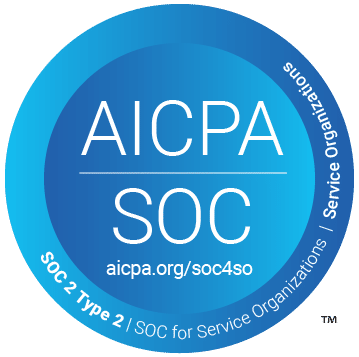Streamline Verify recently posted a guest blog on E-Visit on the topic of pre-screening employees, and we ran into a simple but major question while compiling the post.
Which employee screenings SHOULD be on every facility’s list of essentials, and which can be left out? Despite dozens of ‘expert opinions’, nobody seems to know for sure.
You could do:
- License verification. Definitely.
- Criminal background check. On your state’s designated database; or through a third party vendor who screens goodness-knows-where; or both.
- Exclusion screening. On GSA/SAM; and LEIE; and your state’s database; and every other state’s database, because they may have been excluded elsewhere.
- Death Master File screening. In case the employee is dead. Or (more probably) in case the employee is operating under someone else’s identity.
- OFAC screening. In case the employee or vendor is a terrorist.
- E-Verify. Lots of credentialing companies seem to consider this one essential.
- Sex offender lookup. For obvious reasons.
- Etc. Because the list just keeps going on.
Each screening means time, hassle, and money. (Although the amounts of time, hassle and money vary widely, depending on your vendor, or lack thereof.) And, quite frankly, each screening is another nuisance; which means that nobody wants to do an extra one.
But which IS an extra one?
At a recent professional conference, an associate recounted the tale of how he’d consulted an attorney regarding a compliance topic, and was told by the lawyer, “You can choose 30% likelihood of compliance, 50%, or 90%. But I can’t guarantee anything.” (This, of course, after paying steep legal fees for ‘expert’ advice!)
The attitude amongst legal pundits when it comes to compliance-related protocol seems to be, “Try it. If you get sued, the courts will decide whether or not your interpretation of the law was correct.”
Is it only our clients who would rather not get sued in the first place?

Because there will probably never be a definite way of knowing for sure.



































